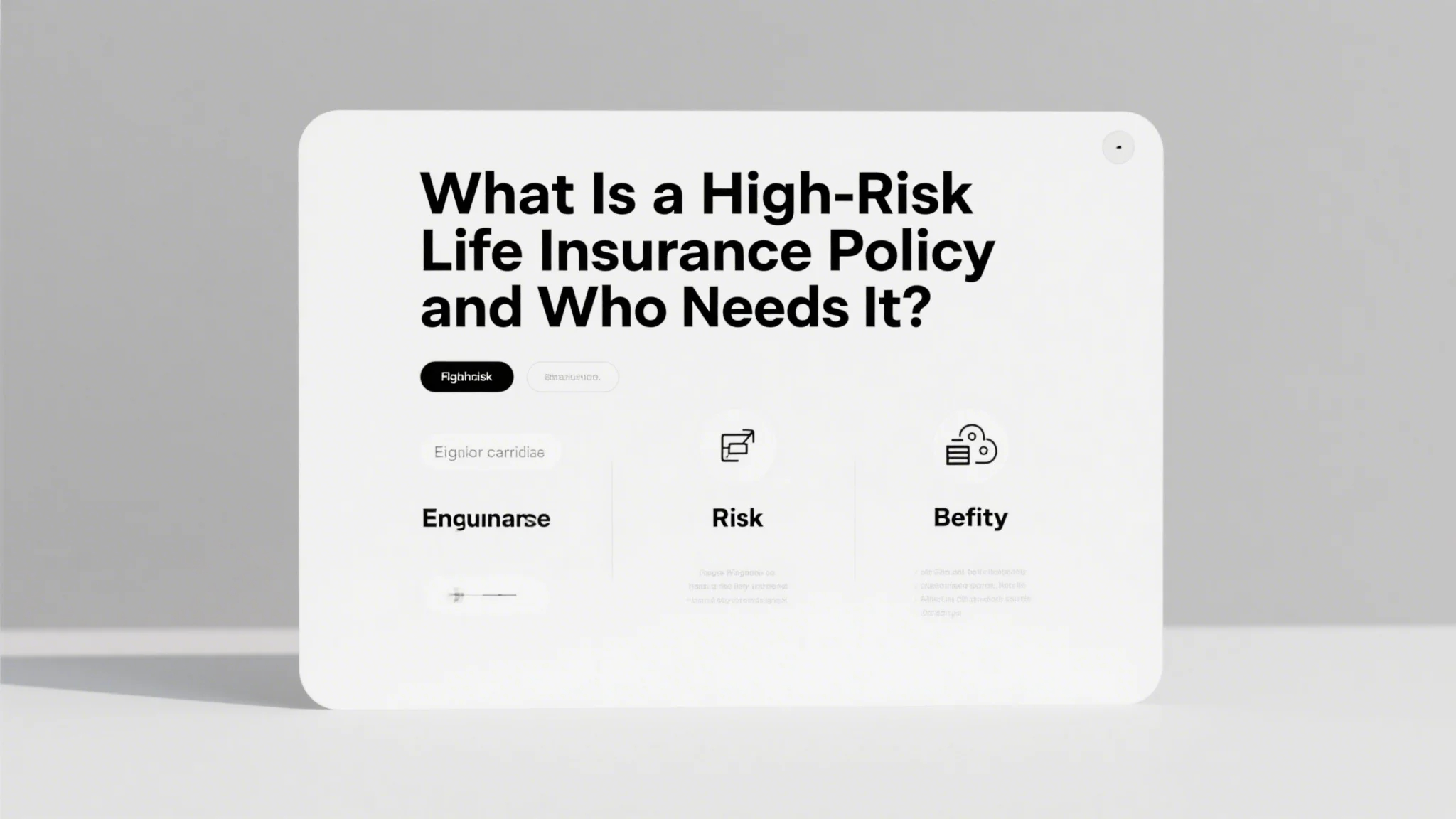Insurance underwriting is the process by which insurance companies assess the risk of insuring a person or entity. This article delves into the key factors, methods, and technologies used by insurers to evaluate risk during underwriting, ensuring that policies are priced fairly and that the company remains financially stable. Whether you’re applying for life insurance, car insurance, or property insurance, understanding how risk evaluation works can help you navigate the process with confidence.

Understanding the Underwriting Process
When you apply for insurance, whether it’s life insurance, car insurance, or homeowners insurance, the insurance company doesn’t immediately issue a policy. Instead, they conduct a detailed evaluation known as underwriting. This process is designed to assess the risk of insuring you and determine the appropriate premium to charge.
Underwriting is a multi-faceted process that involves gathering and analyzing data about the individual or entity applying for coverage. This data can include personal information, medical history, financial details, and other relevant factors. The goal is to determine how likely it is that the insured will file a claim, and if so, how costly that claim is likely to be.
The Role of Actuaries in Underwriting
At the heart of the underwriting process are actuaries. These highly skilled professionals use statistical models, historical data, and advanced analytics to assess risk. Actuaries play a critical role in determining the premiums you pay by calculating the probability of certain events occurring, such as accidents, illnesses, or property damage.
For example, in life insurance, actuaries analyze factors like age, health history, lifestyle, and occupation to determine the likelihood of the insured dying within a specific timeframe. In car insurance, actuaries consider driving history, the type of vehicle, and even the geographic location of the driver to assess risk.
Data Collection and Analysis
One of the most crucial aspects of underwriting is data collection. Insurers gather information from a variety of sources, including application forms, medical records, credit reports, and even public databases. This data is then analyzed to identify patterns and trends that indicate potential risks.
For instance, in health insurance, underwriters may review your medical history to identify pre-existing conditions or lifestyle choices that could impact your health. In property insurance, they may assess the location of your home to evaluate the risk of natural disasters like floods or wildfires.
The Importance of Risk Categorization
Once the data is collected and analyzed, the next step is risk categorization. Insurers classify applicants into different risk categories based on the level of risk they represent. For example, in life insurance, applicants may be categorized as “standard,” “sub-standard,” or “high-risk.”
Standard risks are individuals who fall within the average risk profile for their age and health. Sub-standard risks are those with certain health conditions or lifestyle factors that increase their risk of death. High-risk individuals may have severe health issues or engage in high-risk activities, making them less eligible for coverage or requiring higher premiums.
Predictive Modeling and Advanced Analytics
In recent years, insurance companies have increasingly turned to predictive modeling and advanced analytics to refine their underwriting processes. These tools allow insurers to analyze vast amounts of data and identify patterns that might not be apparent through traditional methods.
Predictive modeling involves using historical data to forecast future outcomes. For example, an insurer might use predictive modeling to estimate the likelihood of a policyholder filing a claim within a certain timeframe. This information is then used to set premiums or decide whether to offer coverage at all.
The Role of Big Data in Underwriting
Big data has revolutionized the insurance industry, enabling companies to make more informed decisions about risk. By leveraging large datasets, insurers can identify correlations between seemingly unrelated factors and refine their risk assessment models.
For example, in car insurance, big data might reveal that drivers who frequently use their phones while driving are more likely to be involved in accidents. This information can then be used to adjust premiums or create targeted safety programs for high-risk drivers.
Emerging Technologies in Underwriting
As technology continues to evolve, so does the underwriting process. Insurers are now exploring the use of artificial intelligence (AI), machine learning, and IoT devices to enhance their risk evaluation capabilities.
AI and machine learning algorithms can analyze vast amounts of data in real-time, identifying trends and patterns that might be missed by human underwriters. For instance, AI can be used to detect fraudulent claims or identify high-risk applicants based on subtle behavioral patterns.
IoT devices, such as wearable fitness trackers, are also being used to gather real-time data about policyholders. This data can provide insurers with a more accurate picture of an individual’s health and lifestyle, enabling more precise risk assessments.
The Future of Underwriting
The underwriting process is constantly evolving, driven by advancements in technology and changing consumer demands. As insurers continue to embrace innovative tools and methods, the underwriting process is becoming more accurate, efficient, and personalized.
One of the key trends in underwriting is the move toward dynamic pricing, where premiums are adjusted based on real-time data. For example, a car insurance company might offer lower premiums to drivers who consistently maintain safe driving habits, as reported by their IoT devices.
Another emerging trend is the use of gamification to encourage safer behavior. For instance, an insurer might offer rewards or discounts to policyholders who complete safety courses or maintain certain health metrics.
Underwriting is a critical process that ensures insurance companies remain financially stable while providing coverage to millions of people. By leveraging advanced analytics, big data, and emerging technologies, insurers are able to evaluate risk more accurately and offer policies that meet the needs of a diverse range of customers.
As the insurance industry continues to evolve, the underwriting process will become even more sophisticated, enabling companies to make better decisions and provide better outcomes for their policyholders. Whether you’re applying for life insurance, car insurance, or property insurance, understanding how risk is evaluated can help you make informed decisions and secure the coverage you need.
